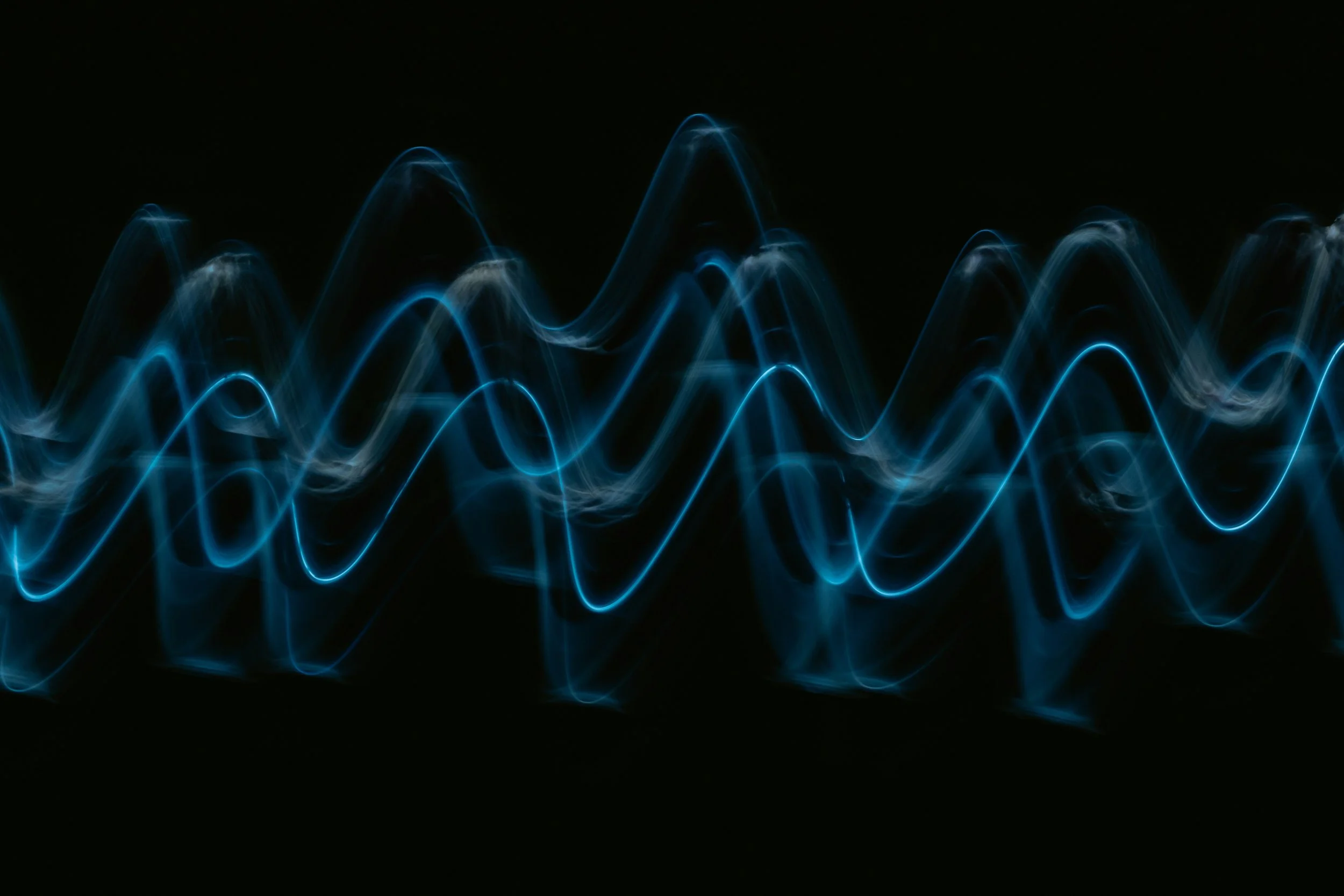What exactly are radio waves, and how do they work? In this blog, we break down the basics, exploring the science behind radio frequency communication and its role in modern technology. Whether you're an aspiring RF engineer, an amateur radio enthusiast or simply curious, this post has you covered!
Read MoreFrequency Modulation (FM) is a key technology in the world of radio communications, offering a unique way to modify a carrier signal. Unlike Amplitude Modulation (AM), which alters the signal's strength, FM changes the frequency of the carrier signal based on the modulating signal. This approach provides notable advantages, such as better resistance to noise and interference, but also comes with its own set of challenges.
Read MoreTheirs may go to 11, but ours goes to 32… Read more about how the cult classic film inspired the design for one client’s audio gear, and how sound amplification works.
Read MoreExplore the history and applications of AM modulation, from Morse code origins to modern communication. Understand the basics, including sidebands, and discover its ongoing impact on radio transmission.
Read MoreHow do decibels work? How are decibels measured? How are decibels calculated? Check out our in-depth guide to decibels!
Read MoreSending information using radio waves has impacted almost every aspect of our daily lives. So what are these wild, magical things called radio waves, and how can they be tamed to carry the information we depend on for so many things?
Read MoreLearn about the vital need for nationwide Electro-Magnetic Pulse (EMP) preparedness, the potential consequences of EMP disruption, from power grid failures to communication breakdowns, and proactive strategies to safeguard essential services and infrastructure.
Read MoreIn the fast-paced world of electronics, where innovations quickly become outdated, there is a remarkable and enduring presence that defies the test of time. Read more about the crucial role of this retro technology.
Read MoreThe old adage “more is better” isn’t always true, especially in RF. Adding gain to increase sensitivity in a receiver may or may not be a good idea, but it depends on the circumstances. Read more about a real-world experience and how it was solved!
Read MoreSuper Bowl Sunday is coming up, and while most viewers will be focused on the game, or perhaps even more so on the ads, there is an important behind-the-scenes effort that goes on that is vital to the success of the entire effort. Frequency coordination!
Read MoreThere are several ways to simulate jamming in communications and GPS systems. Some are more accurate than others, but each has a place in the testing and training environment. It is vital that the details of the application be considered when selecting the best method, or combination of methods.
Read More










